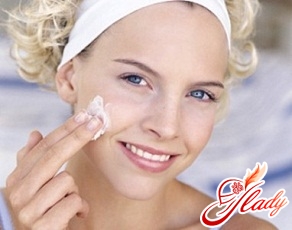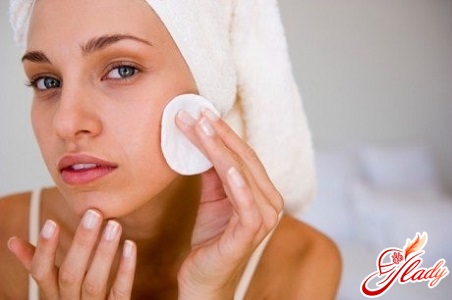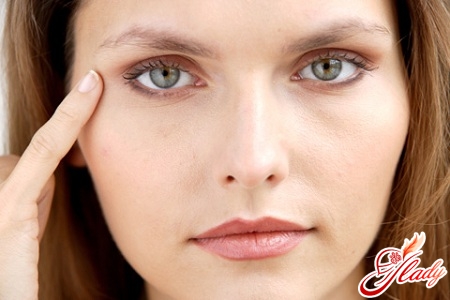 The appearance of our skin depends largely onenvironment, stress and nutrition. If the first two factors are practically beyond our control and depend little on us, then every woman can control her nutrition. A properly selected "cosmetology diet" will give your skin an attractive and healthy look. After all, a lack of vitamins is clearly reflected on the face. Red spots and acne indicate a lack of vitamins A and B in the body, a lack of vitamins B2, B3 and B6 is expressed in frequent dermatitis. Even the best and most expensive creams are not able to satisfy the skin's need for nutrients.
The appearance of our skin depends largely onenvironment, stress and nutrition. If the first two factors are practically beyond our control and depend little on us, then every woman can control her nutrition. A properly selected "cosmetology diet" will give your skin an attractive and healthy look. After all, a lack of vitamins is clearly reflected on the face. Red spots and acne indicate a lack of vitamins A and B in the body, a lack of vitamins B2, B3 and B6 is expressed in frequent dermatitis. Even the best and most expensive creams are not able to satisfy the skin's need for nutrients.
Vitamin A
Vitamin A, also known as beta-carotene, penetrates intoskin, gives it elasticity. In case of dry, flaky, sagging skin and the appearance of red veins, it is necessary to include in your diet foods containing vitamin A: liver, carrots, dried apricots, as well as eggs, butter and fruits of the pumpkin family.
Vitamin B
B vitamins are the main sourceskin moisturizing. In addition, they are also able to restore skin tissue, reduce allergic reactions, and reduce the impact of polluted environments. Sources of B vitamins are various foods: fish, lamb, beef, eggs, greens, dairy products, and legumes. The body needs 2-3 mg of each group of this vitamin daily.
Vitamin C
Vitamin C is one of the most well-known vitamins,the lack of which in the body leads to a decrease in immunity. Vitamin C promotes the formation of collagen, the so-called basis of connective tissue, which in turn is responsible for the elasticity of the skin and the strength of blood vessels. The body's need for ascorbic acid is from 200 to 500 mg per day. It is found in black currants, apples, citrus fruits, cauliflower, spinach and potatoes.
Vitamin D
Vitamins of group D - help the skin to retainmoisture and maintain its tone, thereby slowing down the aging process of tissues and cells. Milk, cabbage, eggs, sea fish and seafood are saturated with vitamins of this group.
Vitamin E
Vitamin E - smoothes wrinkles, stimulatesrenewal of new cells and protects the skin from the harmful effects of UVR (ultraviolet rays). It is found in almonds, peanuts, sunflower seeds and corn oil, as well as in young cereal sprouts, brown rice, beets and spinach. It is necessary to consume at least 60-100 mg of this vitamin daily. We recommend reading:









